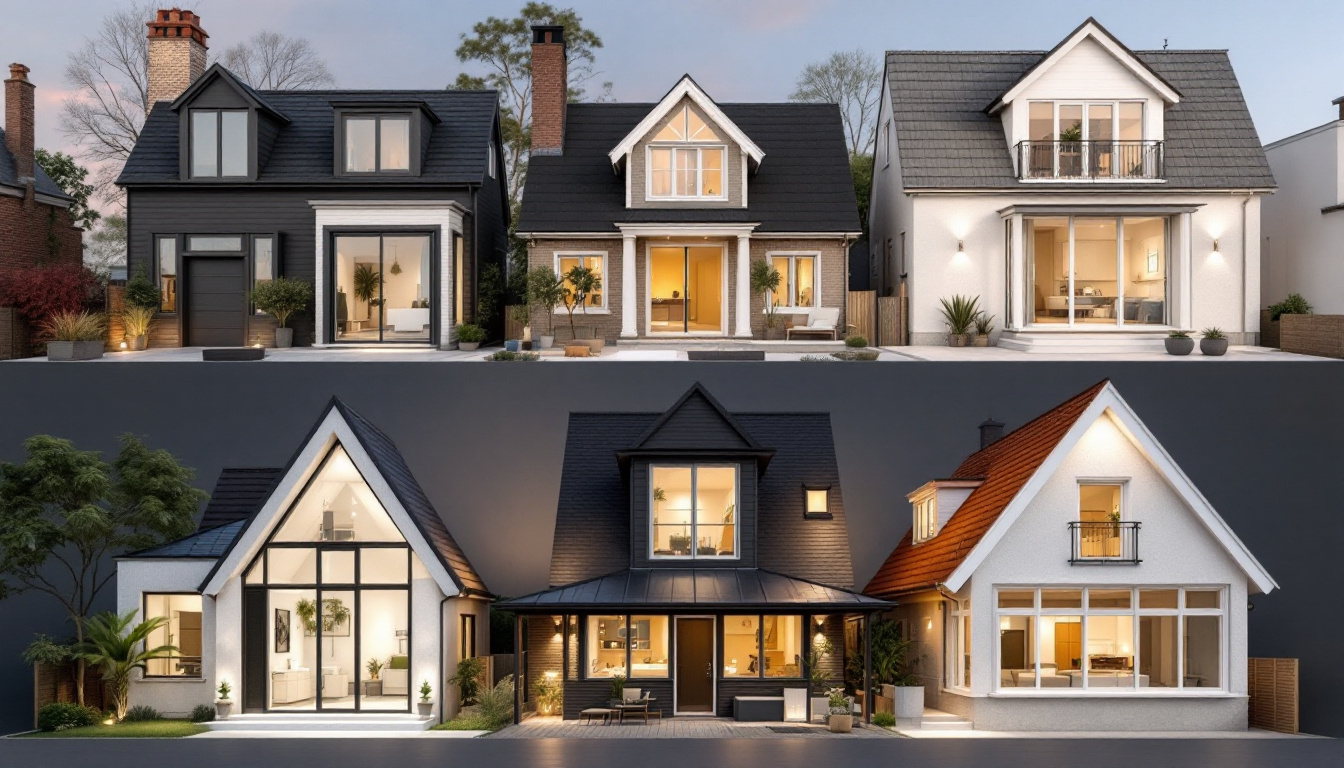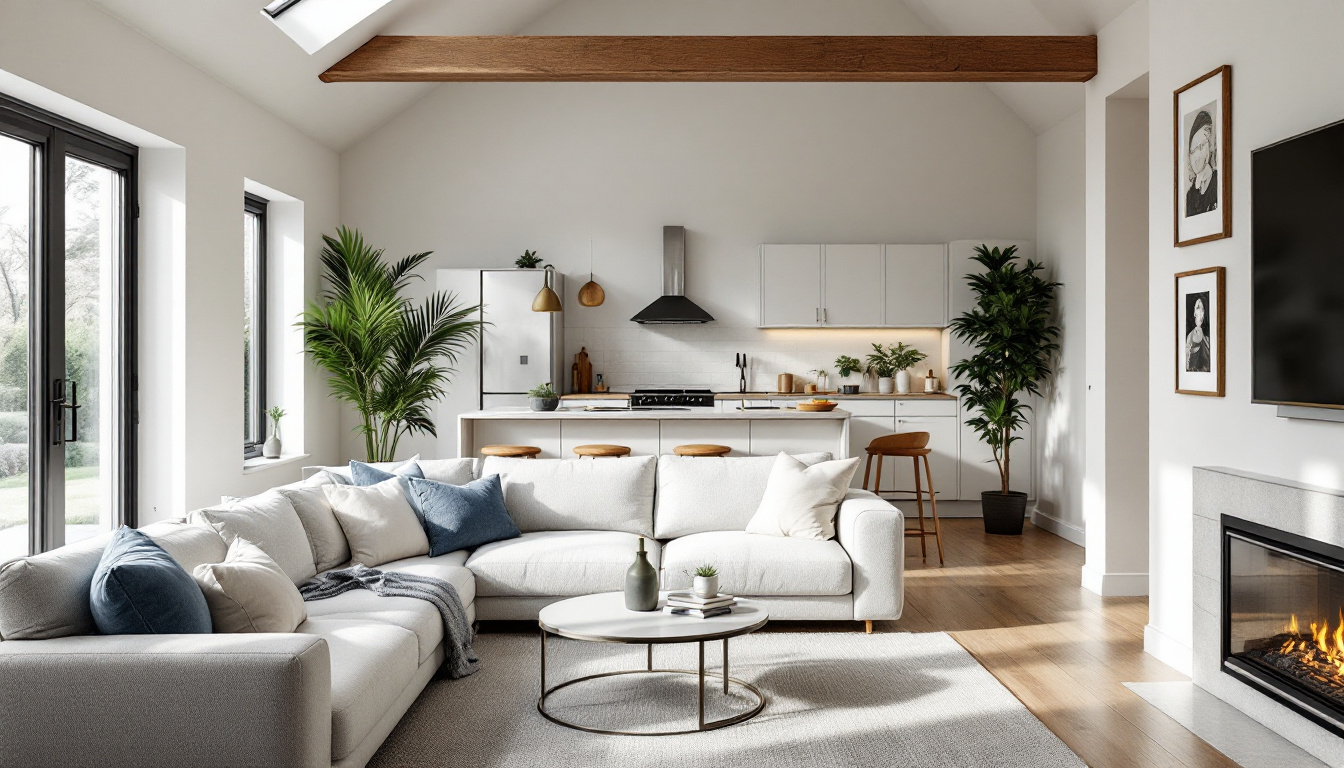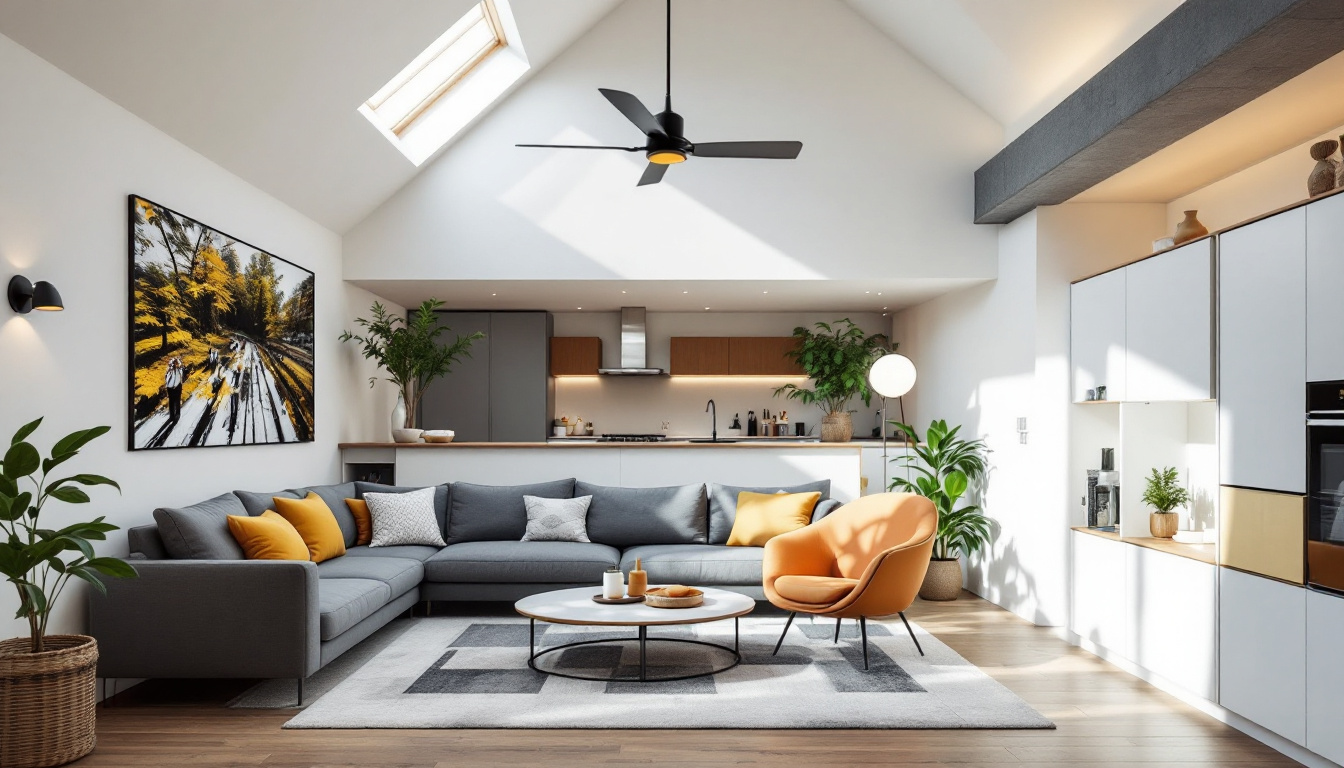How Much Does a Loft Conversion Cost for a Detached House?
Loft conversions have become an increasingly popular way to add space and value to homes, especially detached houses. If you’re considering transforming your unused attic into a functional living area, understanding the costs involved is essential. Detached homes often provide more flexibility for loft conversions but can also come with a higher price tag. This article breaks down the typical costs, factors influencing prices, and the potential return on investment for loft conversions in detached houses.
Understanding the Average Cost of Loft Conversions
The cost of a loft conversion can vary widely depending on the type of conversion, location, and the complexity of the project. On average, a loft conversion in the UK costs around £43,351, but this figure can shift significantly based on the specifics of your home and the type of conversion you choose.
For detached houses, the price range tends to be higher due to the larger space and the potential for more extensive work. Industry reports suggest that costs for loft conversions in detached homes typically range from £50,000 to £80,000. This wider range reflects the flexibility detached homes offer, allowing for more ambitious designs and layouts.
Why Detached Houses Cost More
Detached homes usually have larger loft spaces and fewer structural constraints compared to terraced or semi-detached houses. This means homeowners often opt for more complex conversions, such as mansard lofts, which require skilled construction and can be more expensive.
Additionally, detached properties might require more extensive planning permissions and structural work, especially if the loft space is large or the roof structure is complex. These factors contribute to the higher overall cost but also open up opportunities for creating impressive, spacious rooms.
Moreover, the choice of materials and finishes can significantly impact the final cost of a loft conversion. High-quality insulation, bespoke windows, and premium flooring can elevate the aesthetic and energy efficiency of the space but will also add to the budget. Homeowners often find that investing in these elements not only enhances the comfort and usability of the loft but can also increase the overall value of the property. Furthermore, the integration of smart home technology, such as automated lighting and climate control, is becoming increasingly popular in loft conversions, allowing for a modern living experience that aligns with contemporary lifestyle needs.
Another important consideration is the potential for disruption during the construction phase. While loft conversions are generally less invasive than other types of home extensions, they can still cause some inconvenience, particularly if the work is extensive. Homeowners should factor in the duration of the project and how it may affect their daily routines. Additionally, securing the right contractor is crucial; a reputable builder can help navigate the complexities of the project, ensuring that it stays on budget and on schedule while adhering to local building regulations.
Types of Loft Conversions and Their Costs
Choosing the right type of loft conversion is crucial for budgeting. Here are some common types and their typical costs, with a focus on detached houses.

Mansard Loft Conversion
Mansard conversions are often considered the most expensive type due to the significant structural changes involved. They involve altering the roof’s slope to create a nearly vertical wall, which maximizes space and head height.
According to experts, mansard loft conversions typically cost between £70,000 and £80,000 plus VAT. This price reflects the specialist skills required and the extensive work needed to reshape the roof. For detached houses, this style is popular because it can add a considerable amount of usable space.
Hip-to-Gable Loft Conversion
Another popular option for detached homes is the hip-to-gable conversion, which extends the roof’s side to create more room. This type of conversion is generally less expensive than a mansard but still offers substantial additional space.
Costs for hip-to-gable conversions usually fall within the mid-range for loft projects, often between £40,000 and £60,000, depending on the size of the property and the complexity of the work.
Other Types: Dormer and Rooflight Conversions
Dormer loft conversions add a vertical windowed structure to the roof, increasing headroom and usable space. They tend to be more affordable than mansard or hip-to-gable conversions, typically costing less than £50,000 for detached homes.
Rooflight conversions are the simplest and least expensive, involving the installation of skylights without altering the roof’s shape. These can cost significantly less but offer limited additional space and are less common for detached houses looking to maximize loft potential.
Cost Per Square Meter and What Influences It
In 2025, the cost of loft conversions in the UK ranges between £2,400 and £4,500 per square meter. This variation depends on factors such as the property’s location, ease of access to the loft, and the type of conversion chosen.
For detached houses, which often have larger loft areas, the total cost can quickly add up. However, the per-square-meter cost can sometimes be lower due to economies of scale—larger projects often benefit from more efficient use of materials and labor.
Location and Access
Where you live in the UK plays a significant role in pricing. Urban areas with higher labor and material costs tend to push prices to the upper end of the scale. Additionally, if your loft is difficult to access or requires scaffolding, this will increase costs.
Planning and Structural Work
Detached homes may require more extensive planning permissions, especially if the conversion alters the roofline significantly. Structural reinforcements, insulation, and compliance with building regulations also add to the overall cost.
Return on Investment: Adding Value to Your Home
One of the most compelling reasons to invest in a loft conversion is the potential to increase your property’s value. Studies show that loft conversions can add between 10% and 25% to a home’s market value, depending on the quality of the work and the type of conversion.

For detached houses, which tend to be more desirable on the market, a well-executed loft conversion can be a significant selling point. The additional living space appeals to families looking for extra bedrooms, home offices, or recreational areas.
Balancing Cost and Value
While mansard conversions are among the most expensive, they also tend to add the most value due to the substantial increase in usable space. On the other hand, simpler conversions might cost less but offer a smaller boost in property value.
Homeowners should carefully consider their budget and goals. Investing in a high-quality loft conversion that complements the style and layout of the home can maximize both enjoyment and resale value.
Final Thoughts: Planning Your Loft Conversion Budget
Deciding on a loft conversion for a detached house involves balancing cost, design, and potential value increase. With average costs for detached homes ranging from £50,000 to £80,000, it’s important to plan carefully and consult with experienced professionals.
Understanding the types of conversions available, the factors influencing costs, and the potential return on investment can help you make an informed decision. Whether you choose a mansard conversion for maximum space or a more modest dormer, a loft conversion can be a fantastic way to enhance your home’s functionality and value.


